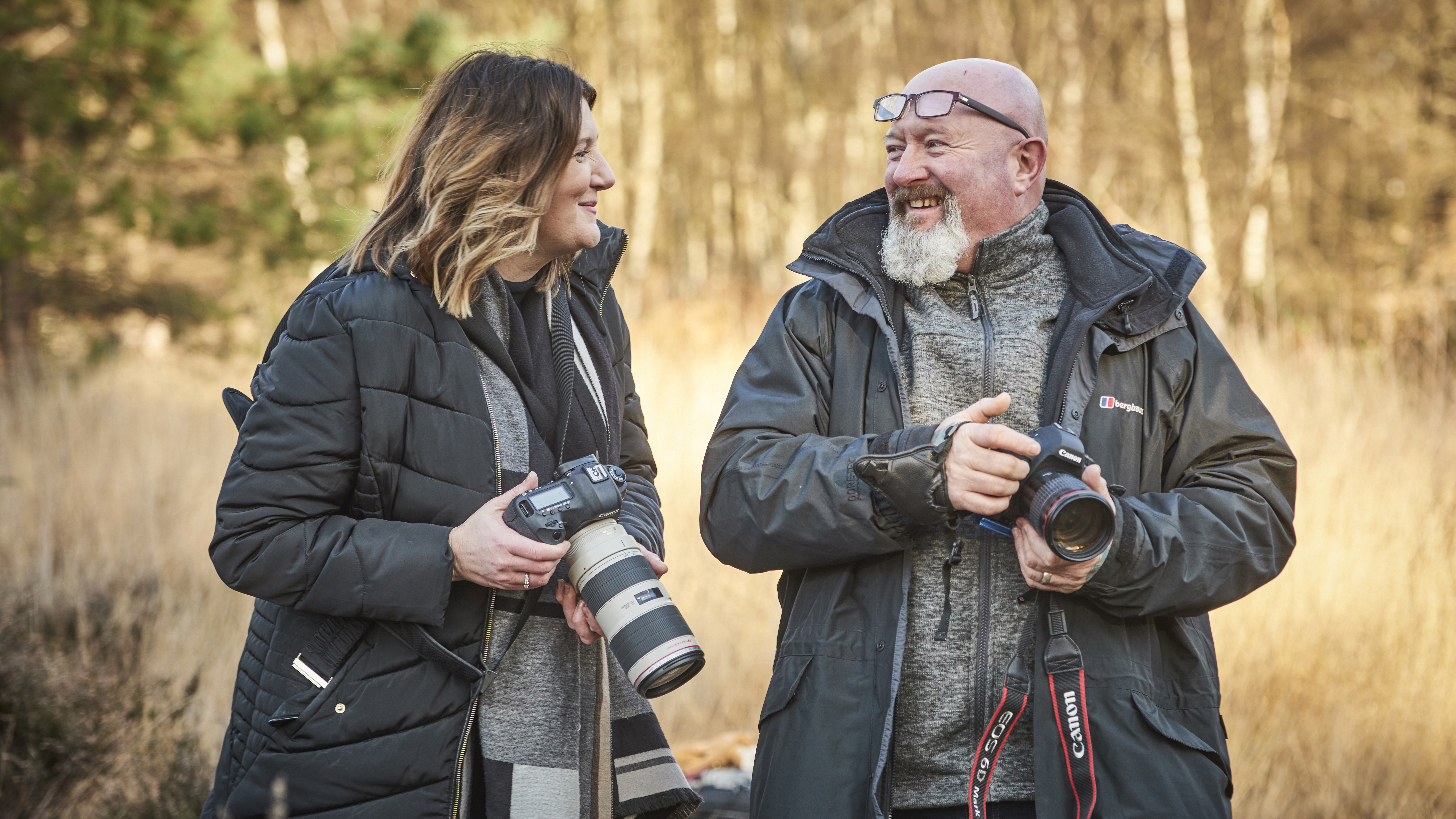Sony FX30 vs FX3
The new Sony FX30 seems to do everything the FX3 does, but at half the price! How do these cameras actually compare?
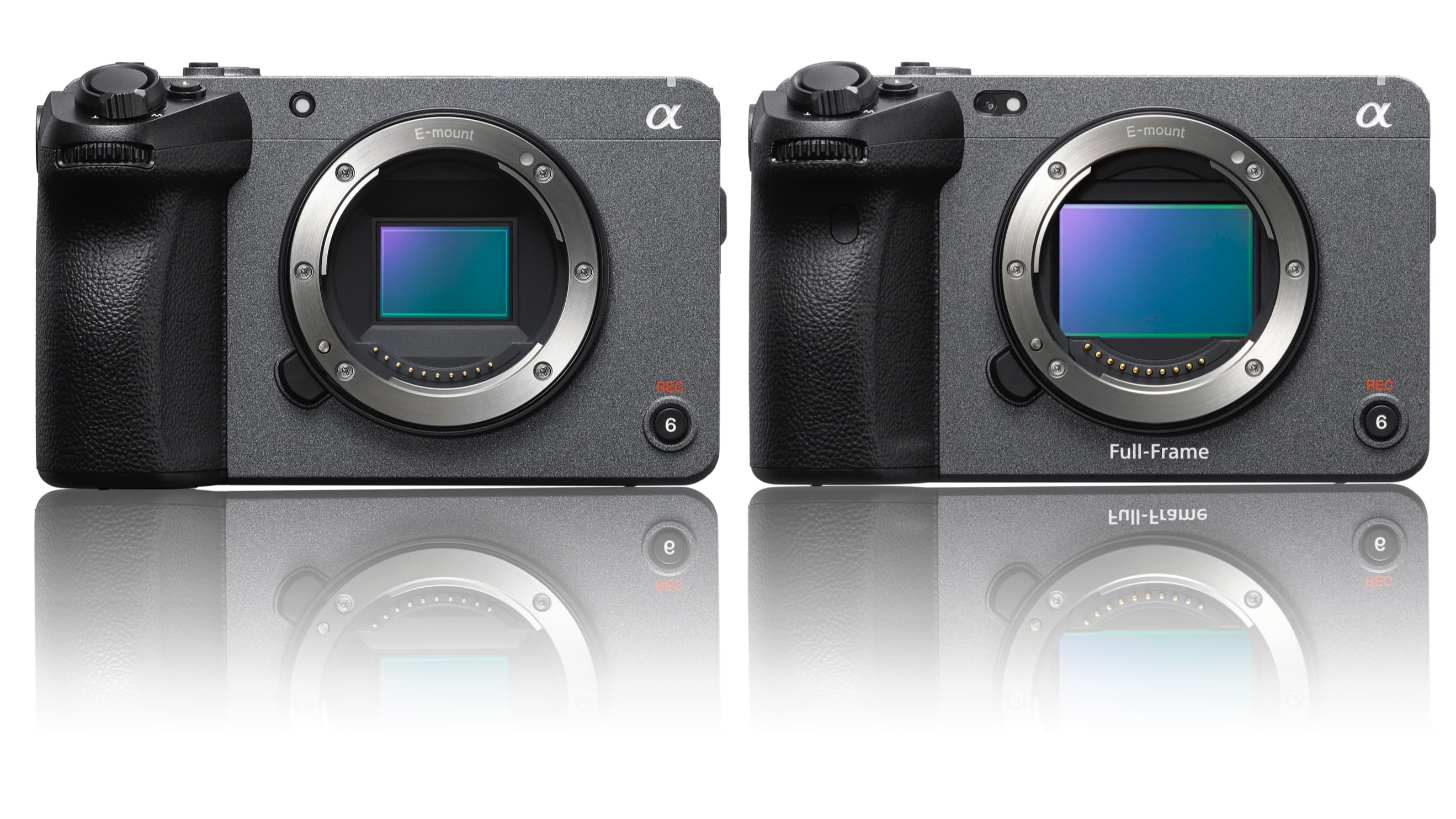
The amazing new Sony FX30 has really shaken up the whole cinema camera, filmmaking and vlogging market. It’s an APS-C (or Super35) cinema camera at a fraction of the price of cinema rivals (except for Blackmagic) and yet it has proper cinematic color renderings, log modes, controls, connectivity and handling. It even comes with an optional handle/XLR mic accessory.
It’s not great news for Sony’s rivals, but potentially even worse news for other cameras in the Sony line-up. Or one in particular, to be precise – the Sony FX3.
We and everybody else raved about the Sony FX3 when it first appeared, as a ‘proper’ cinema camera at a full frame mirrorless camera price. But the FX30 makes it look distinctly weak, with far better stills capability, a like-for-like match in cinema camera features and, although it has a smaller Super35 sensor, it captures oversampled 6K rather than the pixel-for-pixel 4K of the FX3 – an advantage that could easily offset or even nullify the FX3’s larger sensor size.
So is it really that simple? Has the FX30 just killed the FX3? Let’s take a closer look at the specs to find out.
Sony FX30 vs FX3
Why you can trust Digital Camera World
1. Sensor size
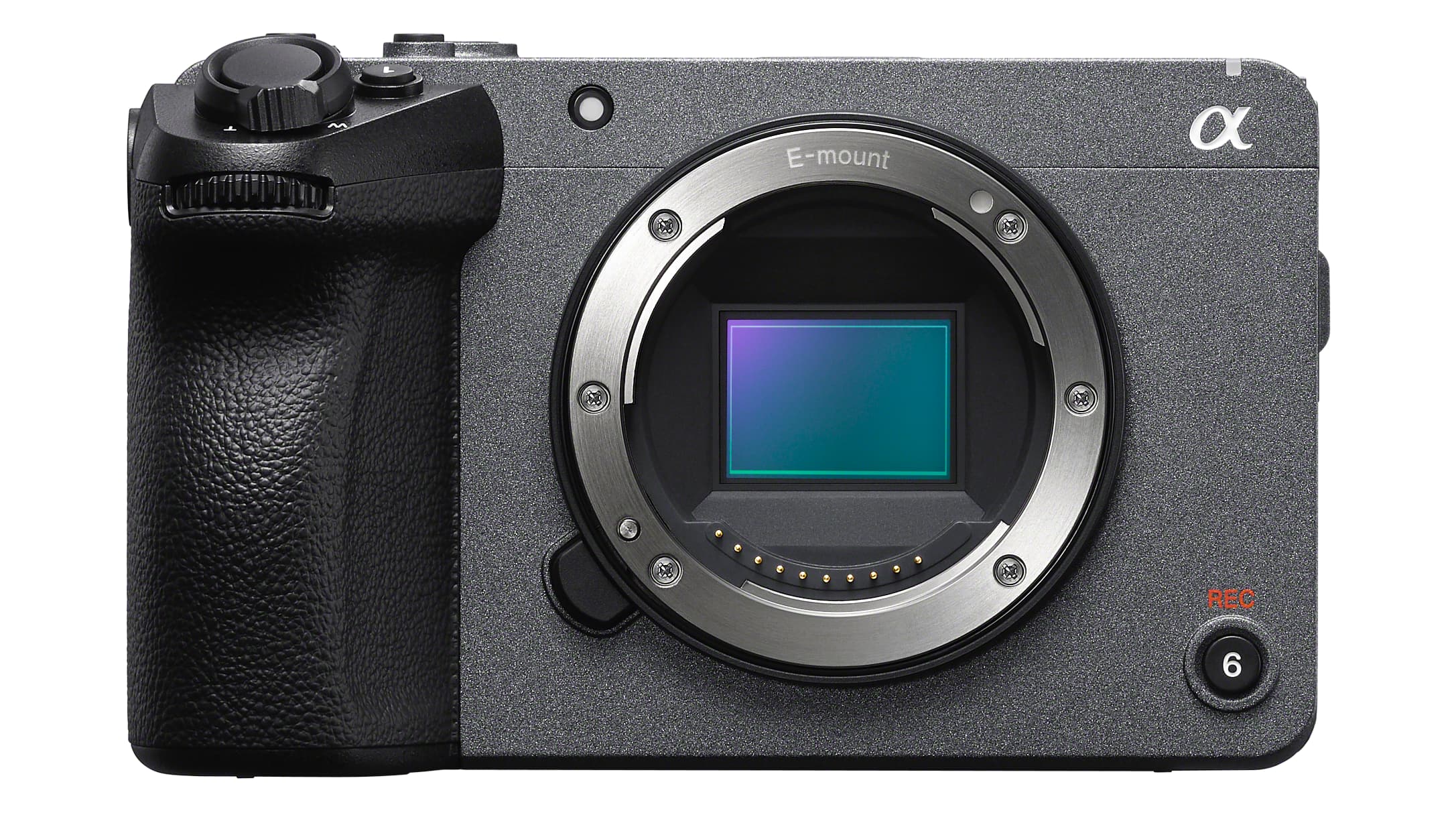
• Sony FX30: APS-C (Super35)
• Sony FX3: Full frame
For many, the sensor size of these cameras will be the deciding factor. It’s partly a question of quality but also one of practicality (see the Lenses section below). In principle, a full frame sensor will, all other things being equal, give you lower noise, better dynamic range and reduced depth of field for a more ‘cinematic’ look. However, in this comparison, all things are not equal. The FX3’s sensor is larger, but the FX30’s has a higher resolution.
2. Lenses
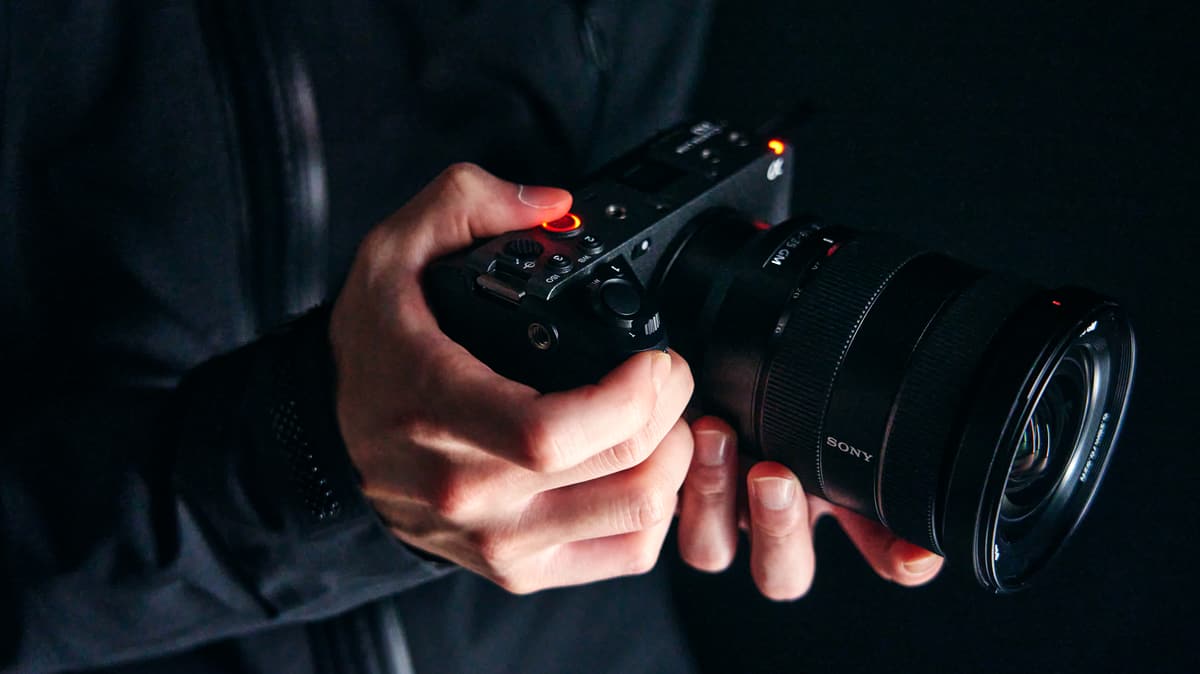
• Sony FX30: Sony E, Sony FE (with crop factor)
• Sony FX3: Sony FE
The sensor size has a very practical implication for the lenses you use. If you’ve already invested heavily in full frame FE lenses, the FX3 is a clear winner. The FX30 can use these lenses, but only with a 1.5x crop factor. Similarly, if you’ve already got some APS-C E-mount lenses, the FX3 is very unappealing. It can use them, but only in crop mode, which means you won’t get 4K capture. If you’re just starting out, the FX30 is cheaper to buy, and with cheaper lens choices. The FX3 is much more expensive in both respects.
3. Resolution
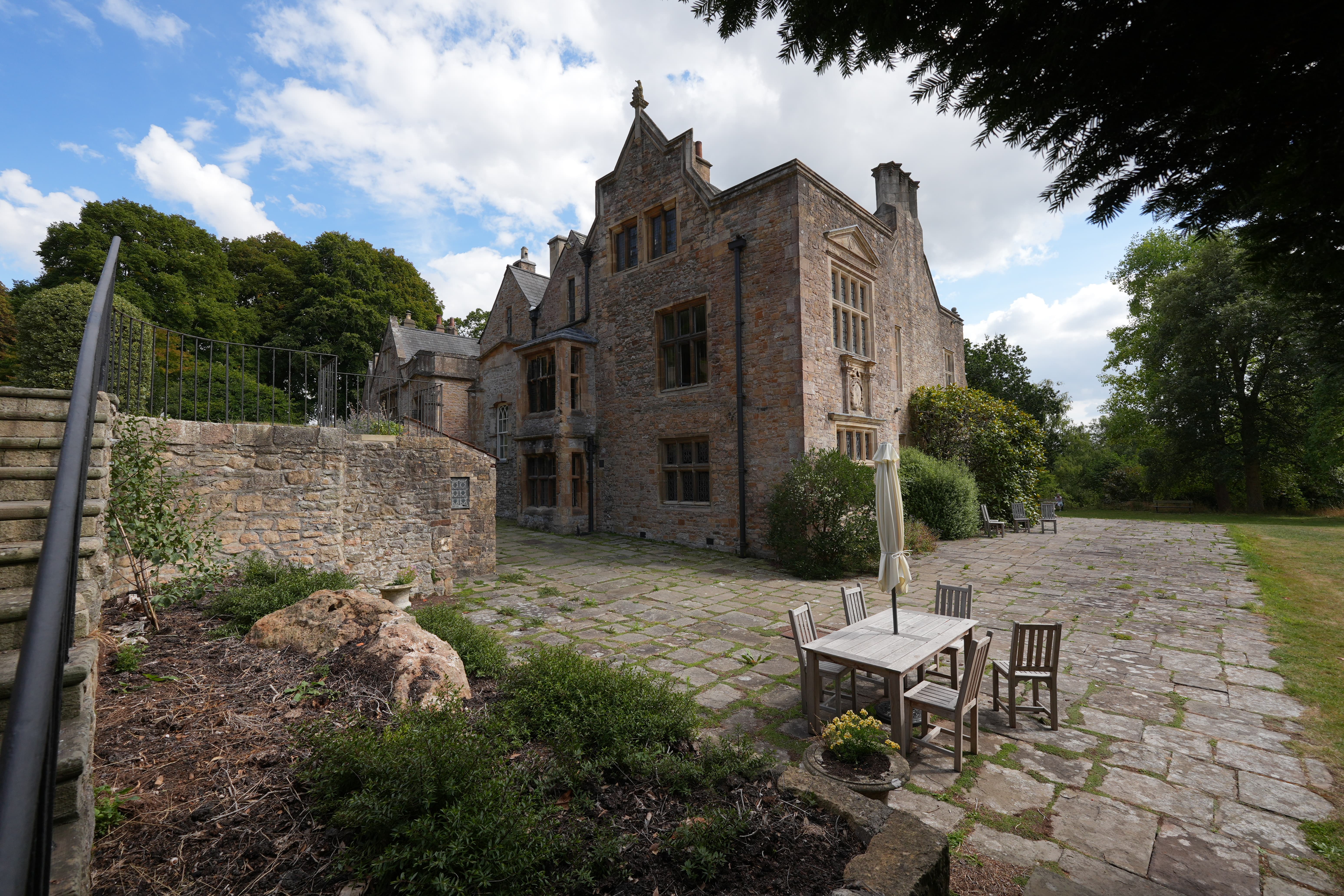
• Sony FX30: 26MP (stills), 20.1MP (16:9 video)
• Sony FX3: 12.1MP (stills), 10.1MP (16:9 video)
Both of these cameras shoot 4K video, but not in quite the same way. The FX30’s higher resolution sensor means it ‘oversamples’ 6K data down to 4K, which is reckoned to give the sharpest footage. Even more significant is the fact that it can shoot 26MP stills and makes a thoroughly effective stills camera too. The FX3 can only shoot 12MP stills, making its value as a stills camera very marginal indeed.
4. ISO range
• Sony FX30: ISO 100-32,000, dual base ISO 800, 2,500
• Sony FX3: ISO 80-102,400 (exp. 409,600), dual base ISO 800/4,000
The larger sensor in the FX3 definitely gives advantages for low-light filming. It offers a much higher maximum ISO than the FX30 and at any given ISO setting it can be expected to deliver cleaner-looking video. However, it’s unwise to underestimate the effect of continued improvements in image processing, the the FX30 may prove to be not too far behind in most lighting conditions.
5. Video resolution and frame rates
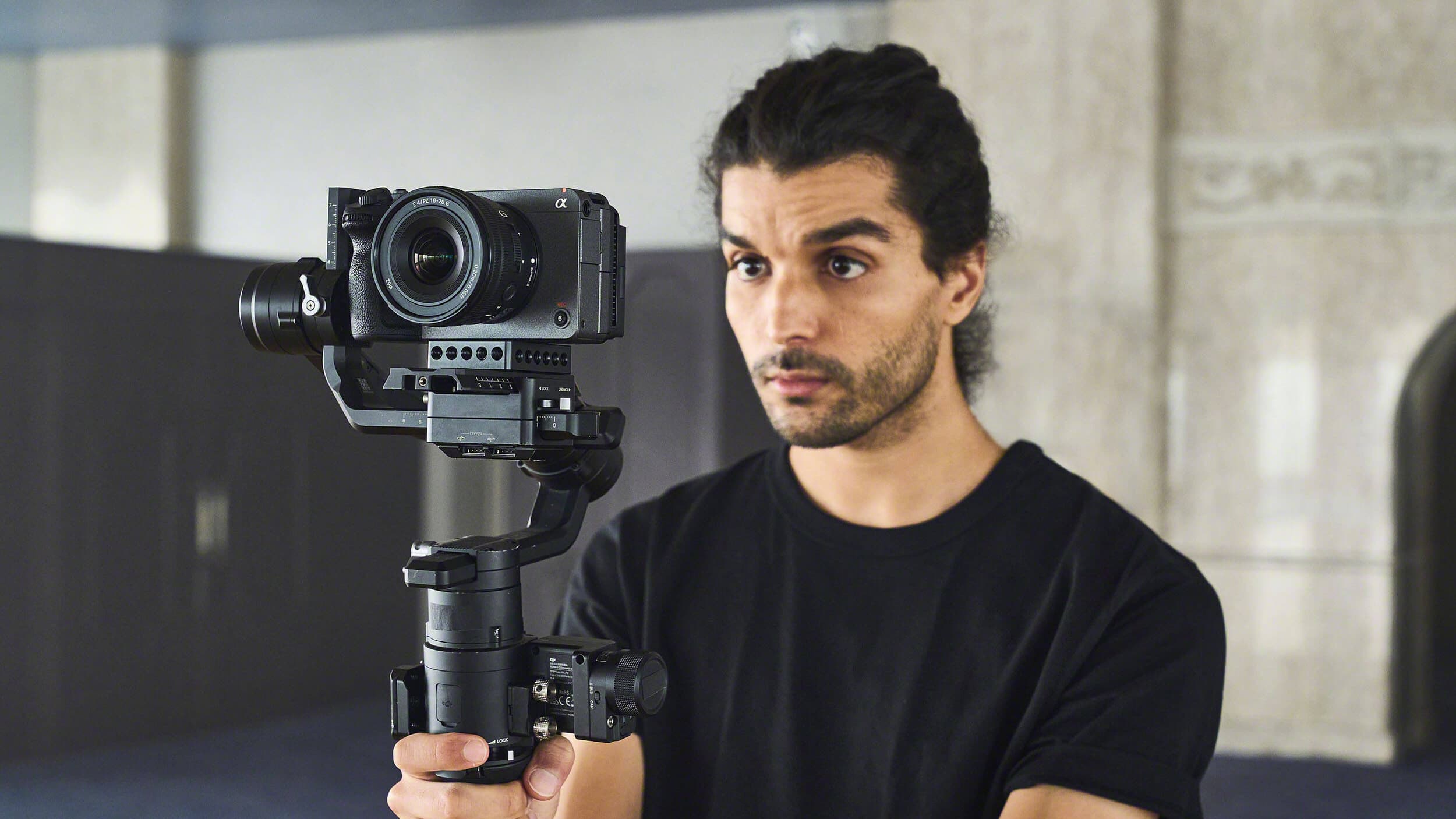
• Sony FX30: 4K UHD up to 120p (1.6x crop), FHD 240fps
• Sony FX3: 4K UHD up to 120p (1.1x crop), FHD 240fps
On the face of it, these cameras offer the same 4K video recording capabilities and slow-motion capture of up to 240fps in full HD. However, while the FX30 and FX3 can both capture 4K 120p video, the FX30 has to use a much tighter 1.6x crop, while the FX3’s 120p crop factor is only 1.1x. We’d give the FX3 the edge for slow-motion capture.
6. Stabilization
• Sony FX30: IBIS with gyro DIS in post production
• Sony FX3: IBIS with gyro DIS in post production
Both cameras have in-body stabilization and support Sony’s new gyro-based stabilization in the Sony Catalyst Browse software. This is pretty much a draw, because with both cameras the IBIS systems are worth having for static shots but less effective for camera movements and run-and-gun style shooting. While the gyro stabilization is extremely effective, it does bring an unwanted crop factor.
7. Storage

• Sony FX30: 2x SD UHS-II/CFexpress Type A
• Sony FX3: 2x SD UHS-II/CFexpress Type A
Again, there’s no difference here. Both cameras offer twin card slots, where each can take regular SD cards (UHS-II) or faster CFexpress Type A cards. CFexpress Type A cards are needed for only a handful of very high bitrate shooting modes, which is just as well as these are very expensive to buy. This applies to both cameras, however, so it’s another tie.
8. LCD
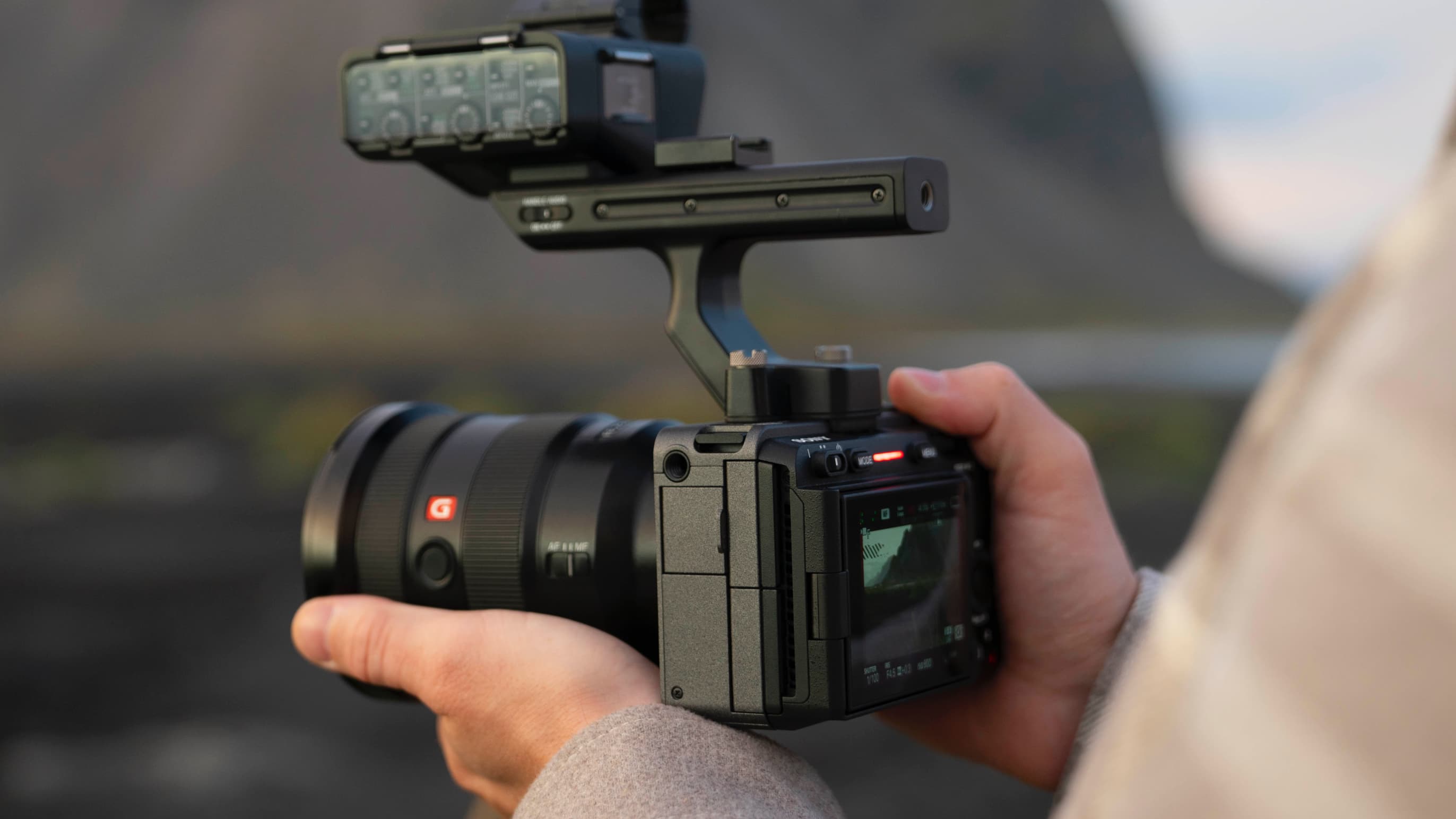
• Sony FX30: 3-inch vari-angle, 2.36m dots
• Sony FX3: 3-inch vari-angle, 1.44m dots
On the face of it, the FX30 and FX3 have the same 3-inch vari-angle touchscreen. However, the specs indicate that while the FX3’s screen has a resolution of 1.44m dots, the FX30’s screen has a higher 2.36m dot resolution. Whether or not you will notice the difference on a screen this size is a moot point – we did note in our Sony FX30 review that the screen is prone to glare and reflections during outdoor filming.
9. Connectivity
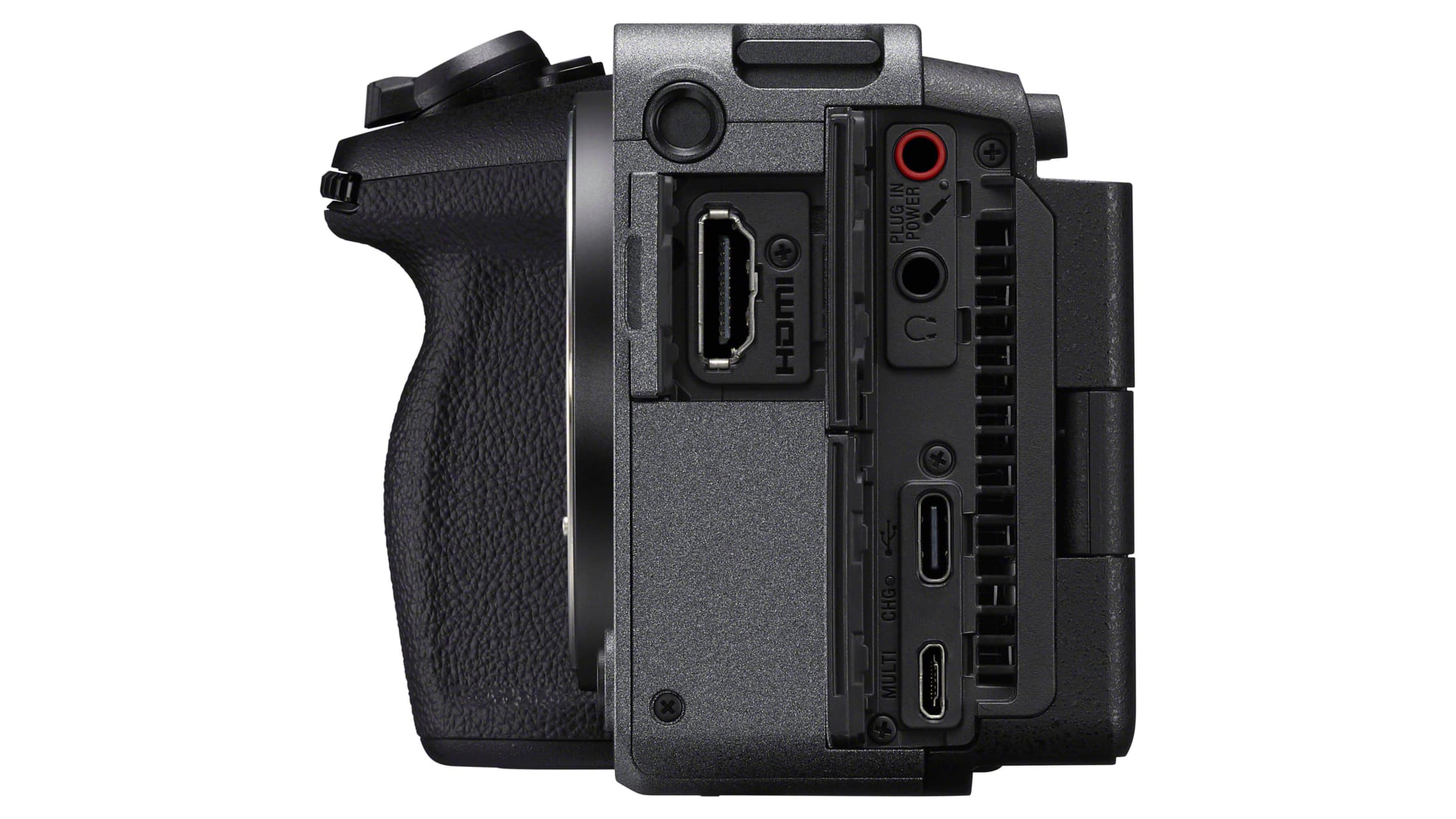
• Sony FX30: Full size HDMI, USB-C, Multi/Micro USB, mic, headphone
• Sony FX3: Full size HDMI, USB-C, Multi/Micro USB, mic, headphone
These two cameras are physically almost identical, and this includes t he provision of full-size HDMI ports, multi/micro USB, USB-C and mic and headphone ports. Both cameras can also be used with Sony’s optional handle/XLR mic adaptor, which offers additional mounting points for accessories.
10. Size and weight
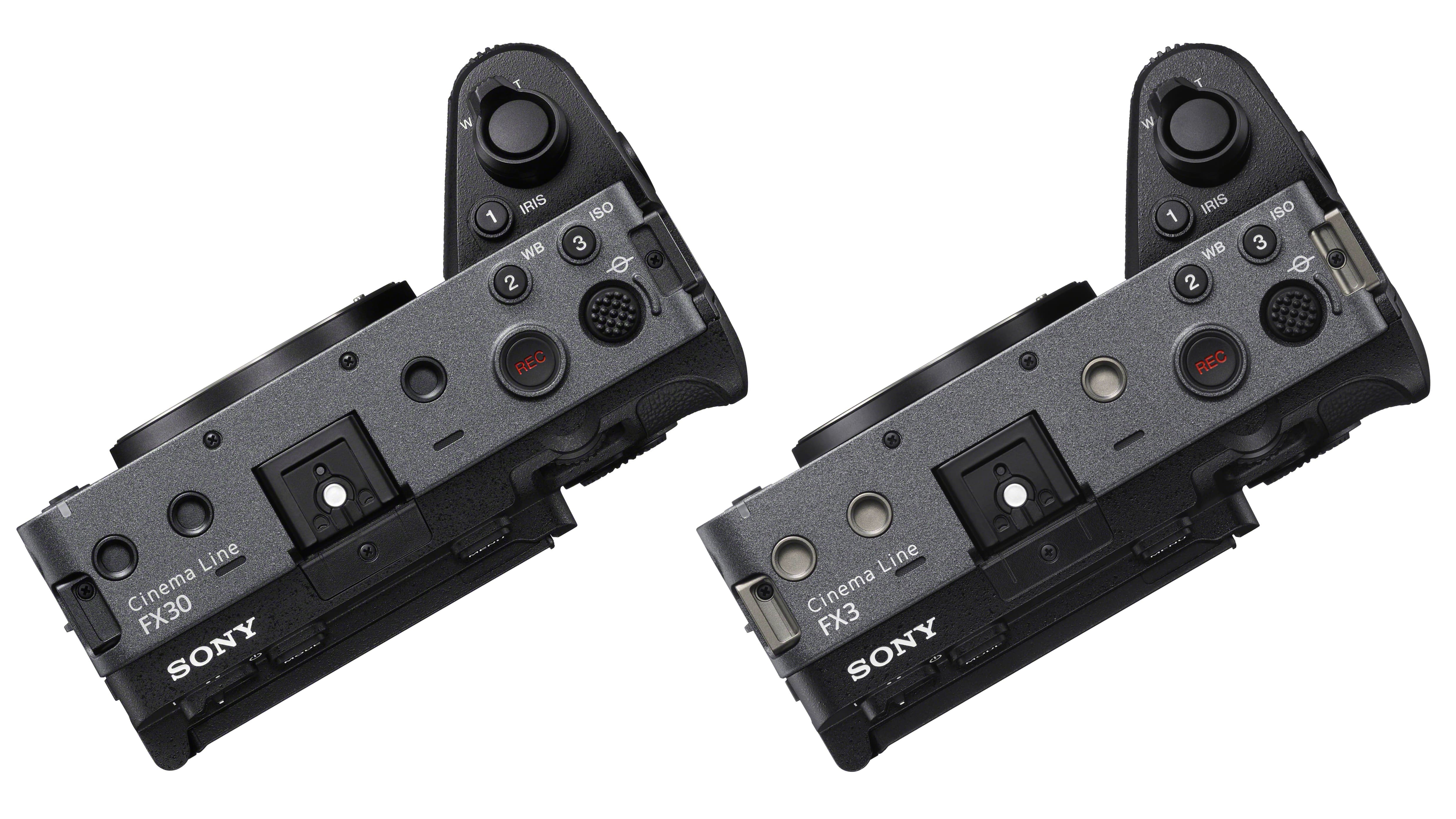
• Sony FX30: 129.7 x 77.8 x 84.5mm, 646g (body only with battery and card)
• Sony FX3: 129.7 x 77.8 x 84.5mm, 715g (body only with battery and card)
Physically, these cameras are all but identical, not just in dimensions but also in finish, external features and controls. The only difference is the weight – the FX3 is 69g heavier – and it seems safe to assume that’s down to the larger full frame sensor and IBIS system. A weight difference that small will almost certainly go unnoticed.
Sony FX30 vs FX3 conclusions

It’s true that the Sony FX3 offers some advantages over the cheaper FX30, notably for low-light shooters who have already invested in full frame Sony FE mount lenses.
However, the FX30 offers the same design, handling, build and cinematic features at half the price. It’s also an effective and useful stills camera, where the FX3 is not.
Right now, it does seem to us that the FX30 has massively dented the appeal of the FX3. Sony’s new entry-level cinema camera matches almost all of the features of its more expensive stablemate, and adds a couple of advantages of its own.
It’s also worth remembering that while in the photographic world an APS-C sensor tends to be seen as a poor relation to full frame, in the world of cinema, APS-C (i.e. the Super35 format) is very much a standard, and full frame is the newcomer.
Read more:
• Best cinema cameras
• Best cameras for filmmaking
• Best cameras for vlogging
• Best Sony cameras
Get the Digital Camera World Newsletter
The best camera deals, reviews, product advice, and unmissable photography news, direct to your inbox!

Rod is an independent photography journalist and editor, and a long-standing Digital Camera World contributor, having previously worked as DCW's Group Reviews editor. Before that he has been technique editor on N-Photo, Head of Testing for the photography division and Camera Channel editor on TechRadar, as well as contributing to many other publications. He has been writing about photography technique, photo editing and digital cameras since they first appeared, and before that began his career writing about film photography. He has used and reviewed practically every interchangeable lens camera launched in the past 20 years, from entry-level DSLRs to medium format cameras, together with lenses, tripods, gimbals, light meters, camera bags and more. Rod has his own camera gear blog at fotovolo.com but also writes about photo-editing applications and techniques at lifeafterphotoshop.com
